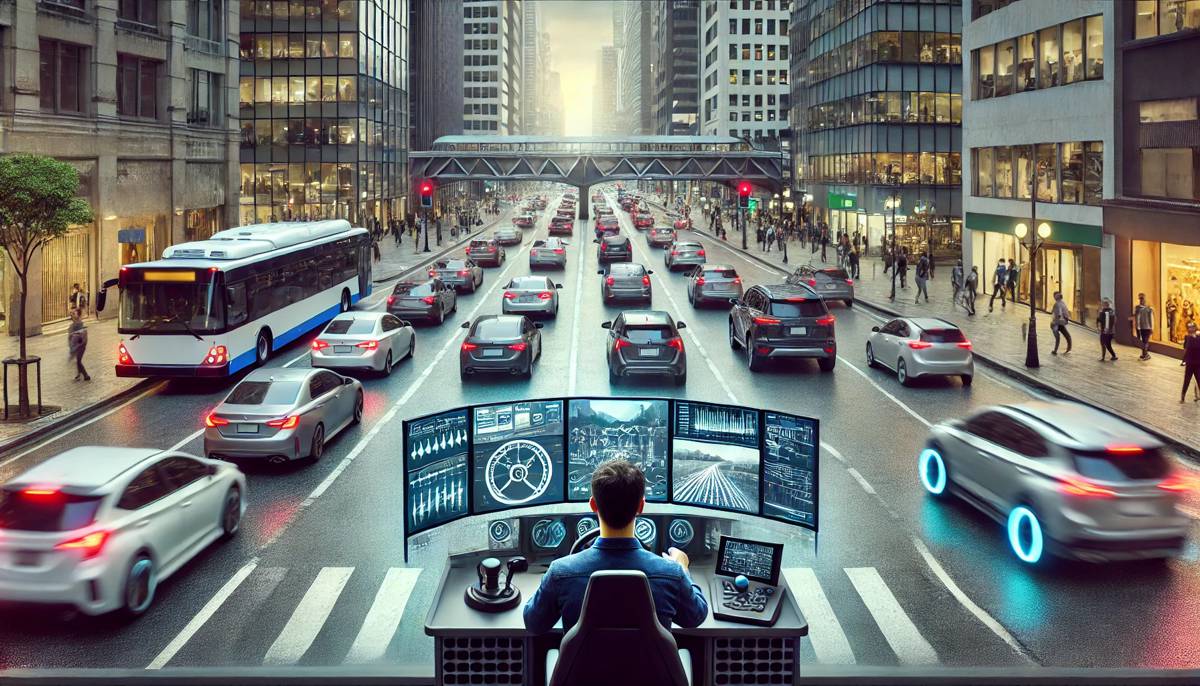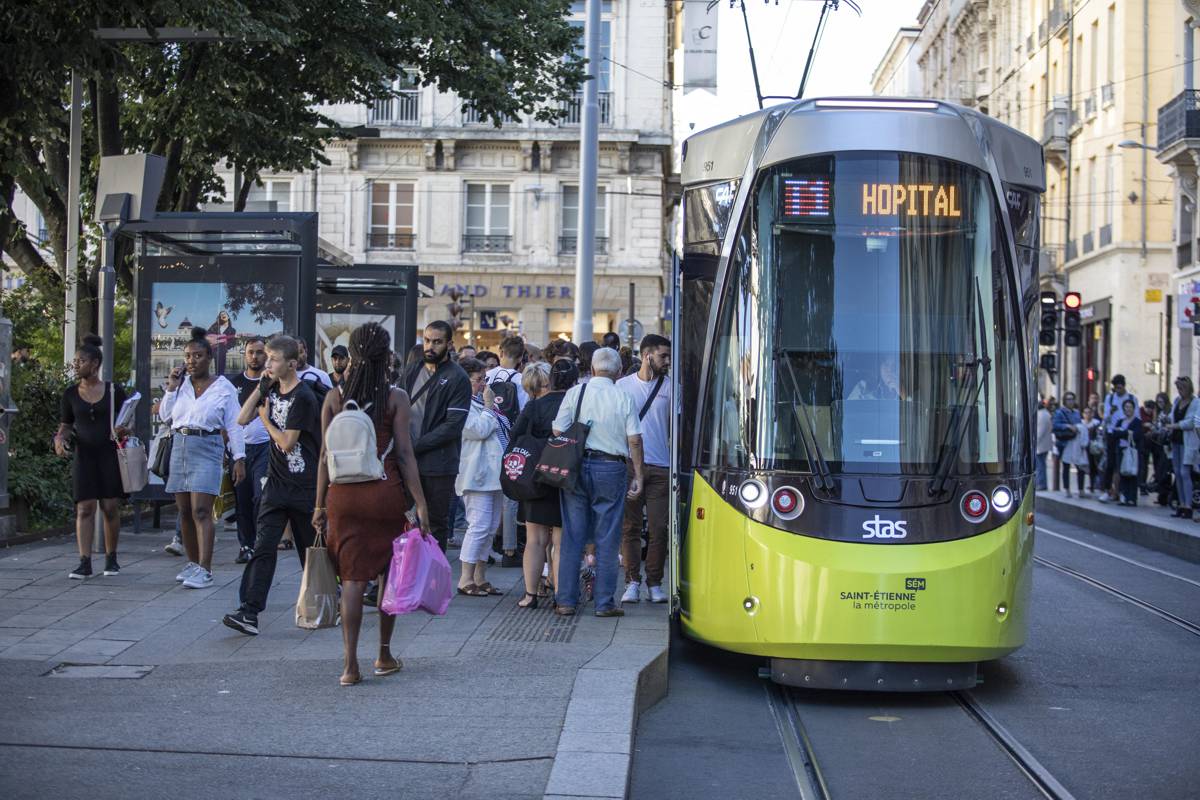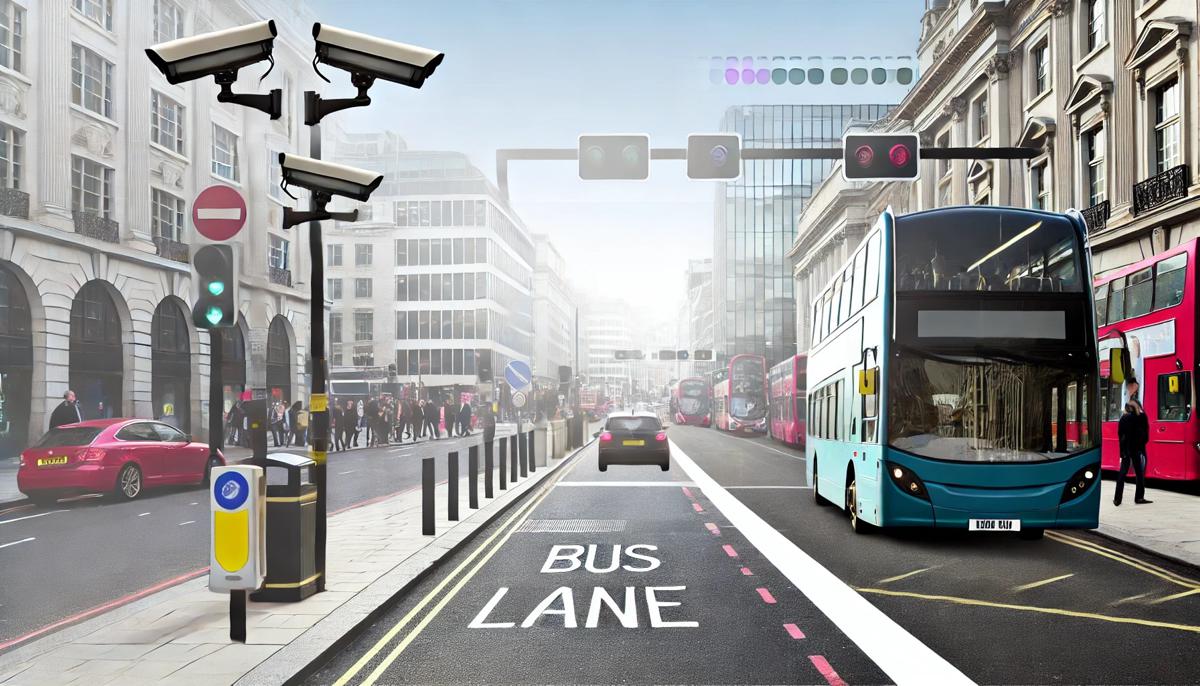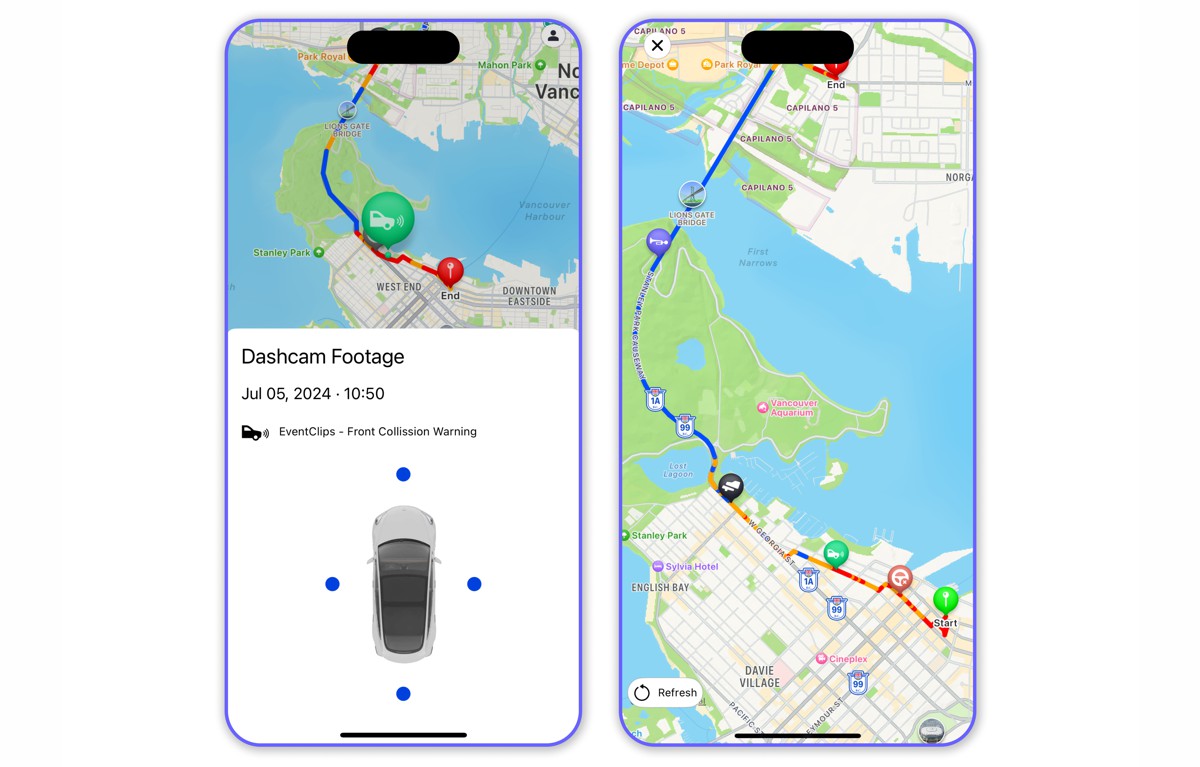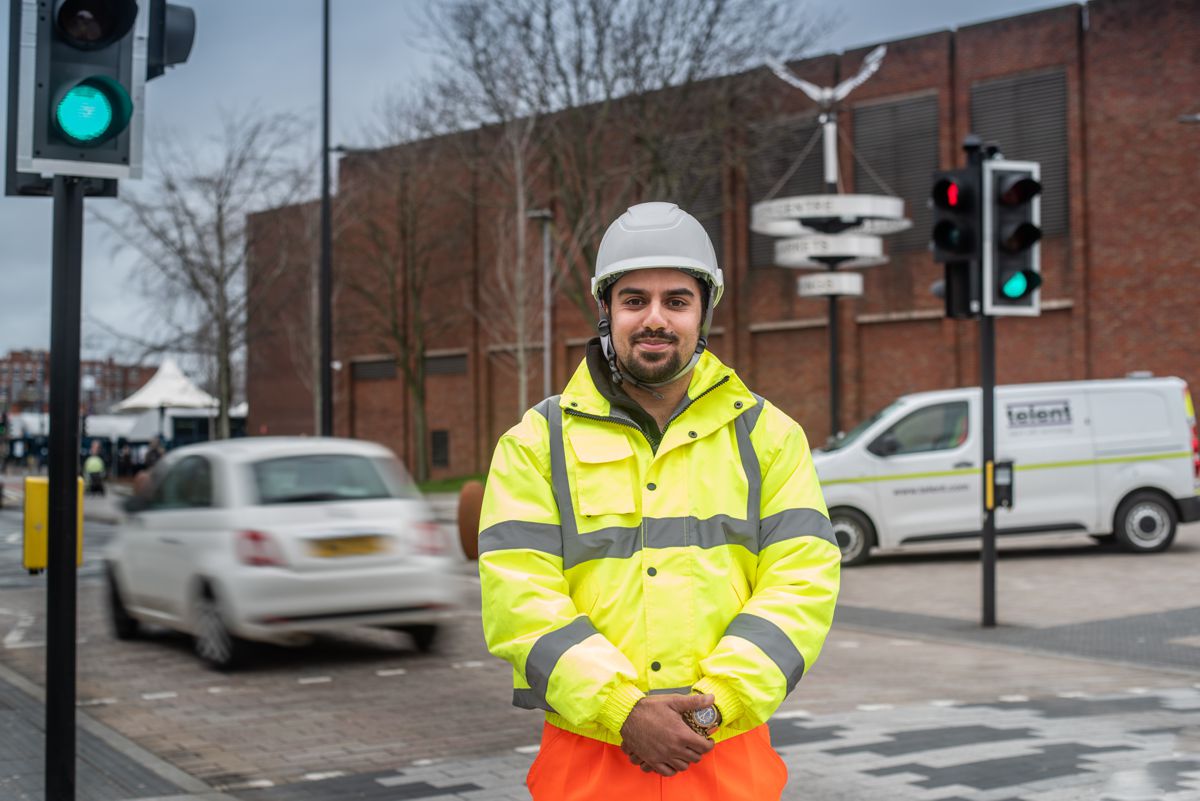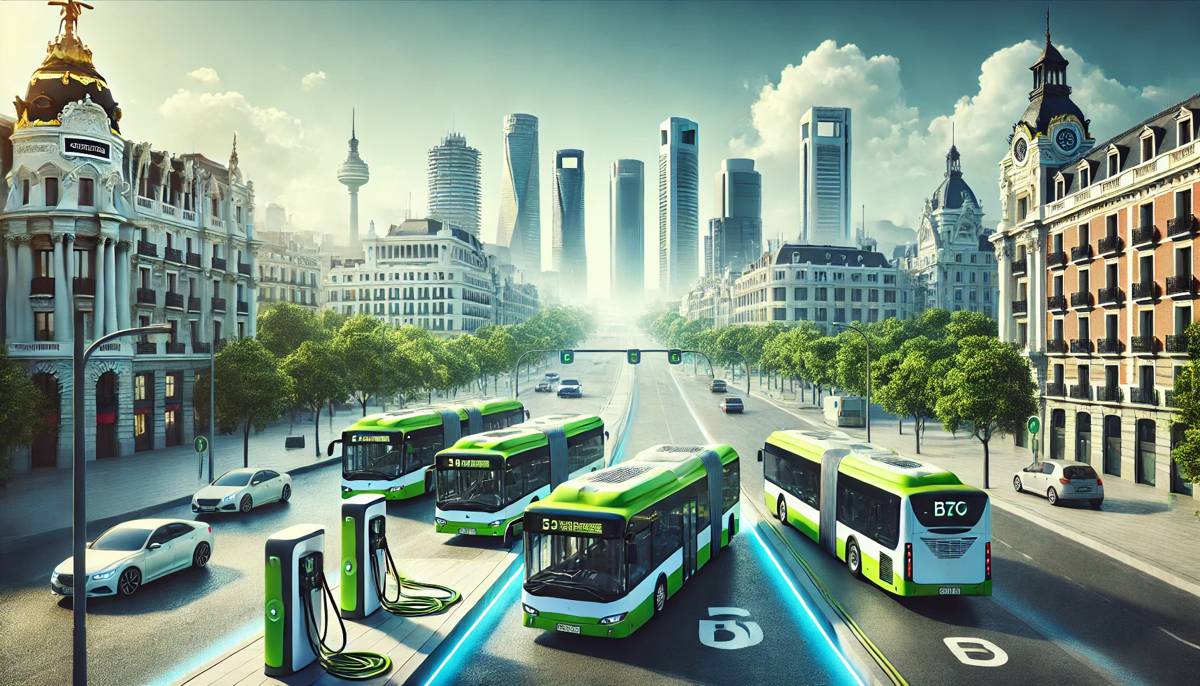GTT Wireless examines the significant developments in driverless vehicles
Although the industry is still years away from delivering driverless vehicles on public roads en masse, there are significant developments being made on vehicle connectivity to assist with driving, to monitor road conditions, and to give advance notification of accidents and adverse environments.
Andy Bird, Managing Director at GTT Wireless, examines the key developments in safety, reliability and interoperability that will be crucial for vendors to successfully bring to market connected vehicle applications.
With analyst research projecting the Connected Car market will be worth over $212 billion by 2027, the time is ripe for automotive and technology companies to fully embrace the connected vehicle and associated opportunities such as smart highways and Intelligent Transport Systems (ITS). But bringing a connected vehicle solution to market is no mean feat.
Vendors must keep in mind the stringent processes required to secure a piece of this growing connected vehicle and smart transport infrastructure sector. Hardware and components, for example, that work effectively indoors or in mild environments will likely be completely inadequate for 24×7 deployment in moving vehicles, or at a remote roadside.
Here are three key areas for consideration when looking to bring a connected vehicle solution to market in 2020.
1. Around the clock connectivity guaranteed
It is currently unclear which communications type will reign supreme for Vehicle-to-Everything (V2X) systems in the 2020s. Although there continues to be an industry struggle in the U.S. and European markets – take the 5G, 4G-LTE and DSRC debate – interoperability will be key for ensuring the smooth and continuous operation of communications between vehicles and connected transport infrastructure.
Does a road safety service operate over DSRC, while complementary traffic management systems use 5G? Infrastructure designed to handle this data will require enclosures that can either incorporate multiple antenna or are easily compatible with ‘combo’ antenna designed to handle multiple communication types. In 2020, vendors should look towards antenna ranges that can be effortlessly integrated into RSUs with an N-type plug and are equally simple to replace.
Strength in all areas
‘Rugged’ hardware is only as truly rugged as its weakest component. This is why antenna should be UV resistant, IP67 and IK09 rated to guarantee similar protection levels to the main enclosure – ensuring the full solution is continuously communicating with vehicle, roadside infrastructure and other connected devices.
Say a DSRC antenna integrated into an RSU is struck and damaged by stones kicked up by a passing vehicle. Critical data from the RSU is no longer being transmitted to passing connected vehicles – failing to warn them, for example, of a broken-down vehicle on the road ahead or hazardous icy conditions.
2. Safety consequences for lack of regulatory compliance
Hardware failure can have dangerous consequences in an industry where technology is critical to keep traffic prioritisation, accident warnings and road condition monitoring solutions operational.
This is why local authorities, multinational organisations and other government agencies looking to introduce and deploy smart highway or ITS infrastructure are placing more emphasis on regulation and testing than ever before.
It is important vendors are aware of the relevant regulation in their target markets and can test and certify their hardware accordingly. Take the RSU 4.1 certification requirements for road-side units (RSUs), where the extensive test list ranges from sustained resistance to high-speed wind to military-grade shock and vibration testing.
This is not something that can be quickly and easily tested in-house – which is why the OmniAir Consortium, the world’s leading organisation to promote interoperability and certification in connected vehicles and ITS, is working to advance and streamline the testing process of both individual components and full connected vehicle solutions. OmniAir partners with a network of global test facilities to ensure auditing and certification – a highly rigorous process. Enclosures, antenna and connectors need to be tested as IP67-rated and EN60950.22-ready.
3. Durable hardware to stand the test of time
With RSUs typically deployed every mile along a highway, simple ‘off-the-shelf’ equipment will be insufficient for such mission-critical deployments, and vendors must be able to demonstrate the tough nature of their solutions.
Take a road-side unit deployed in a base station at the side of a busy road, responsible for communicating critical transport information to passing connected vehicles equipped with on-board units (OBUs). This hardware will have to contend with significant – and constantly varying – environmental challenges. A water damaged RSU on a remote stretch of road risks compromising an entire Intelligent Transport System until it can be located, accessed and replaced.
Gradual weathering
Then there are the more subtle, incremental threats. Moisture build-up is a particular concern for outdoor electronics deployments that are likely to experience rain, high humidity and temperature variations. A seemingly waterproof solution could easily fall victim to moisture sucked in by unequal pressure.
Solution vendors should look to house their electronics in an IP67-rated enclosure with equally proven components for total ease of mind. Resistance to submersion in water, dust particles, corrosion and physical strikes are all essential for a fully protected solution.
The time is ripe for connected vehicle applications
The decade ahead holds major opportunities for connected car vendors as the technology matures and its applications broaden, benefiting travellers and transport departments alike. Ensuring smart hardware deployments are rigorously tested, resilient and highly interoperable will be key to maintain uptime of mission-critical applications, keeping the traffic flowing and safeguarding drivers around the clock – and that means 24×7.
The opportunities are huge for the industry, the benefits huge for the public – so reliable infrastructure will be essential.




